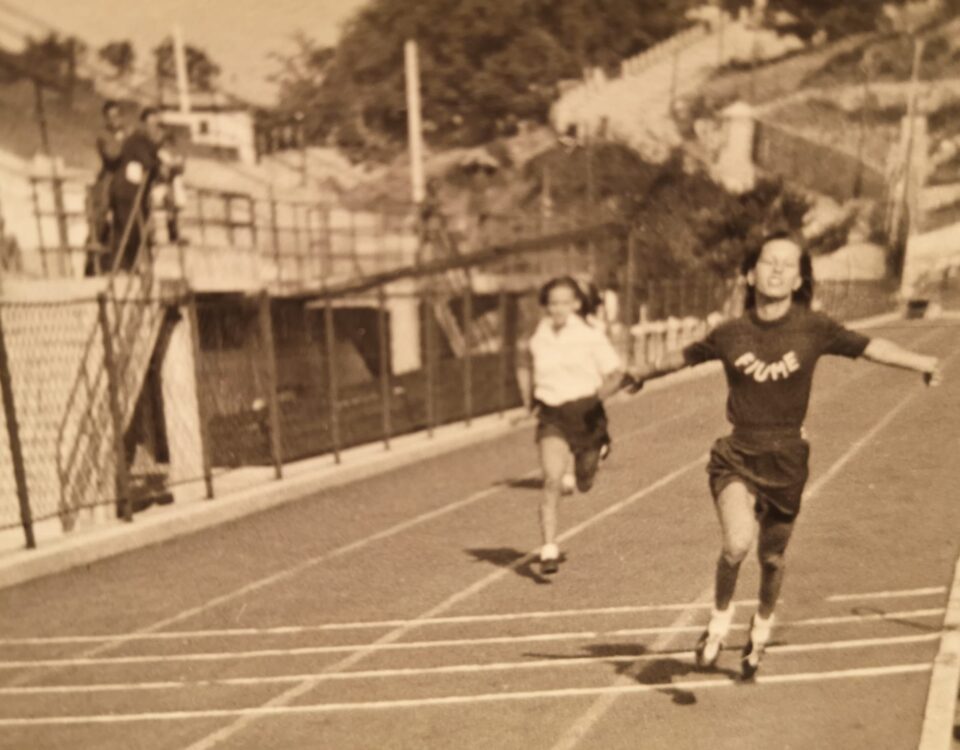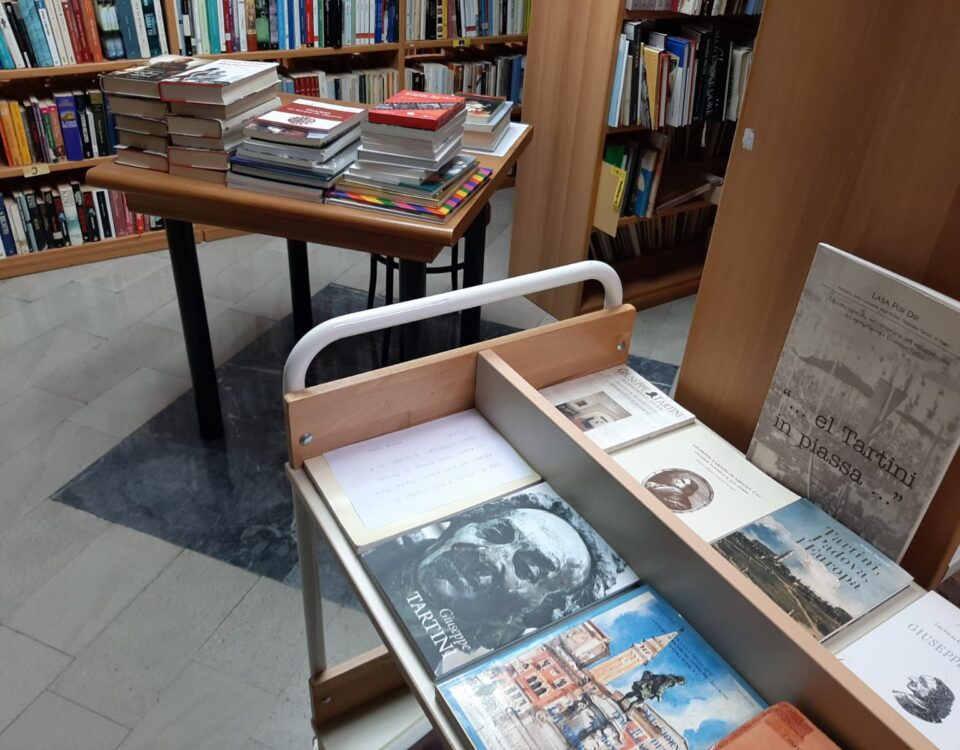Bonsaj ima kratke veje

Vinska popotovanja
03/26/2023
Z začetkom aprila se prvi dogodki ujamejo z velikonočnimi prazniki
03/31/2023
Italijanska drama HNG Ivana de Zajca z Reke
BONSAJ IMA KRATKE VEJE
Ideja in besedilo:
Giuseppe Nicodemo in Serena Ferraiuolo
Režija::
Jožef Nikodem
Igra:
Serena Ferraiuolo kot Stefania Laganini
Scena:
Marin Butorac
Komična stran samoizolacije
Stefania Laganini se je rodila v karanteni, v dnevni sobi, med tesnobo in smehom.
S Sereno sva si rekli: »To niso počitnice, zaradi pandemije sva prisiljeni biti doma! Kaj naj storiva!?”
Tako smo združili ideje, želje, strasti, filme in like, ki so nam všeč, in nastala je Stefania s svojim svetom, »laganini«, torej potiho, počasi, brez stresa: darilo za gledališče, zase in gledalce.
Stefania je zabavna in zelo vitalna: ostaja doma, skrbi za svoj bonsaj, snema tutoriale, plete, obožuje fitnes, dobre stare filme in vodko martini.
Tega jutra, ki je enak vsem dosedanjim, ji prijateljica Rosalba postreže s številnimi koristnimi nasveti; tudi Alexia – umetna inteligenca – ji dela družbo. A nekaj, morda posebna pesem, poruši komaj najdeno ravnotežje, zato bonsaju in nam brez zavor zaupa svojo pravo zgodbo.
Z na trenutke grobim in včasih grenkim nasmehom nam Stefania pokaže, kaj se skriva za na videz neuporabnimi tutoriali ali preveliko količino martinija z vodko, ki ga srka med gledanjem Marlona Branda v Tramvaju poželenja, Sophio Loren v Neapeljskem zalivu, Lizo Minnelli v Cabaretu ali Liv Ullman v Prizorih iz zakonskega življenja ali med poslušanjem Hribi so v cvetju Wilme Goich.
Stefania Laganini nam je s svojo krhkostjo, pogumom in svojimi obsesijamo pomagala preživeti v obdobju, ko smo bili ločeni od naših družin in publike. Ohranjala nas je pri življenju kot umetnike in kot ljudi. Z njeno pomočjo smo razumeli, da se na trenutke vse počutimo kot Stefania: sodobna Penelope, ki z ironijo in razočaranjem še naprej plete in razpleta svoj pulover in svoje življenje.







